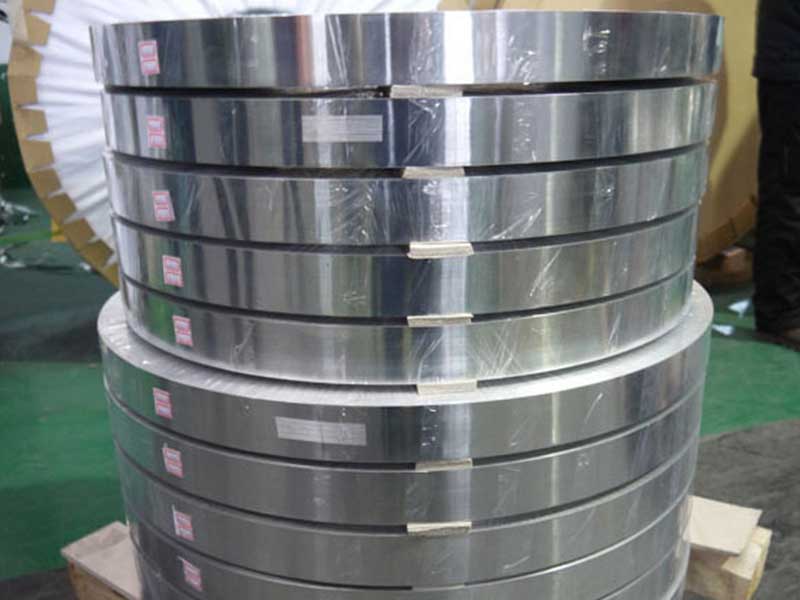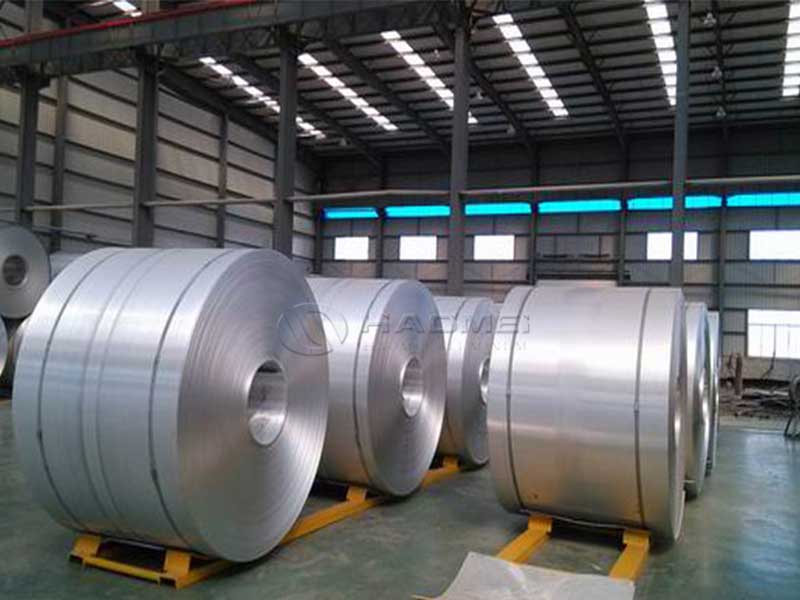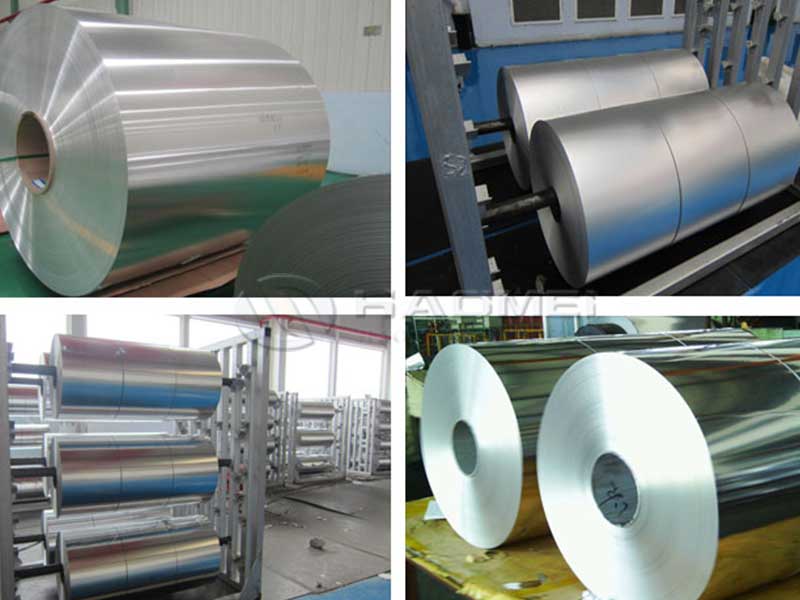Aluminum Foil for Cable: A Technical Deep Dive into Its Functions and Applications
In an age dominated by fast and reliable communication networks, the importance of ensuring cable integrity and signal fidelity cannot be overstated. Among the various components playing a crucial role in cable manufacturing, aluminum foil stands out as a highly effective and versatile material. Often overlooked by end users, aluminum foil for cable shielding provides indispensable benefits attributable to its unique material properties.
What Is Aluminum Foil for Cable?
Aluminum foil for cable refers to a thin layer of high-purity, malleable aluminum used as a shielding tape or wrap around conductor cores within the cable. Unlike conventional thicker metal shields like copper wire braids, aluminum foil offers lightweight yet robust electromagnetic interference (EMI) protection to coaxial, communication, power, and automotive cables.
Its nominal thickness typically ranges from 6 microns to around 50 microns. Despite this slender profile, aluminum foil maintains excellent barrier properties, mechanical stability, and high chemical resistance, safeguarding the internal wiring against both physical wear and electrical disturbance.
Core Functions of Aluminum Foil in Cable
-
Electromagnetic Interference (EMI) Shielding Aluminum foil forms a continuous metallic barrier that prevents external electromagnetic fields from interfering with signal transmission inside the cable, significantly reducing noise and signal loss. Its high conductivity ensures efficient reflection and absorption of electromagnetic waves.
-
Withstanding Physical and Chemical Stress Besides electrical shielding, aluminum foil also serves as a protective wrap that shields internal wires from moisture ingress, dirt, and chemical corrosion. This property enhances the durability of cables in harsh environments such as industrial plants or outdoor installations.
-
Improving Signal Integrity The foil’s uniform coverage minimizes gaps within the shielded area, critical in high-frequency or sensitive applications such as high-speed data cables. Its smooth surface and conformability allow for tight cable winding, reducing cable diameter and enhancing flexibility without compromising shielding effectiveness.
Technical Insights: Why Aluminum Foil Excels in Cable Applications
Several intrinsic properties make aluminum foil the material of choice for cable shielding:
-
High Electrical Conductivity: Aluminum’s electrical conductivity (~63% that of copper) ensures efficient conduction of induced currents caused by EMI, thereby grounding and neutralizing unwanted interference. This intrinsic conduction is vital to maintaining signal stability.
-
Flexible and Lightweight: Aluminum foil’s ability to conform tightly around conductors without cracking offers engineering advantages in reducing cable size and weight—factors in aerospace and automotive wire harness applications.
-
Oxide Layer Formation: Aluminum naturally develops a thin oxide film on its surface, improving resistance to corrosion without the need for additional coatings, guaranteeing sheer durability over time.
-
Cost and Availability: Compared to silver or copper-coated foils, pure aluminum foil is cost-effective and widely produced, benefiting manufacturers and, eventually, consumers via reduced costs.
Applications of Aluminum Foil in Cables
-
Coaxial Cables: Aluminum foil shields the inner conductor wrapped with an insulating layer to reduce crosstalk and external noise in cable TVs and broadband internet networks.
-
Control and Instrumentation Wiring: Shielding minimizes signal errors that can cause inefficiencies or faults in automatic machinery, industrial robots, and instrumentation in harsh electromagnetic environments.
-
Automotive Wiring Harness: Modern vehicles employ complex electronic systems requiring EMI protection for sensor accuracy, entertainment systems, and safety electronics—functions aluminum foil excels in enabling.
-
Power Cables: Even in medium-voltage underground cables, aluminum foil acts as a protective shielding layer against grounding faults and inductive interference, ensuring electrical safety and uninterrupted power delivery.













